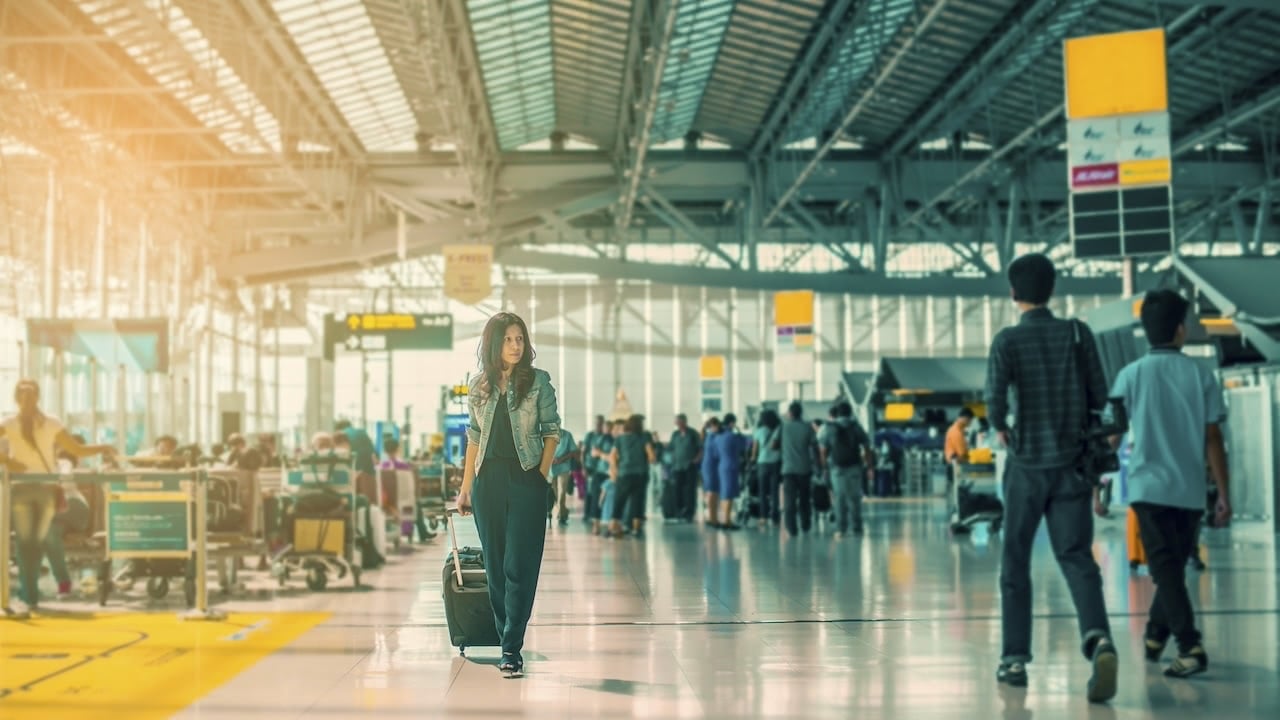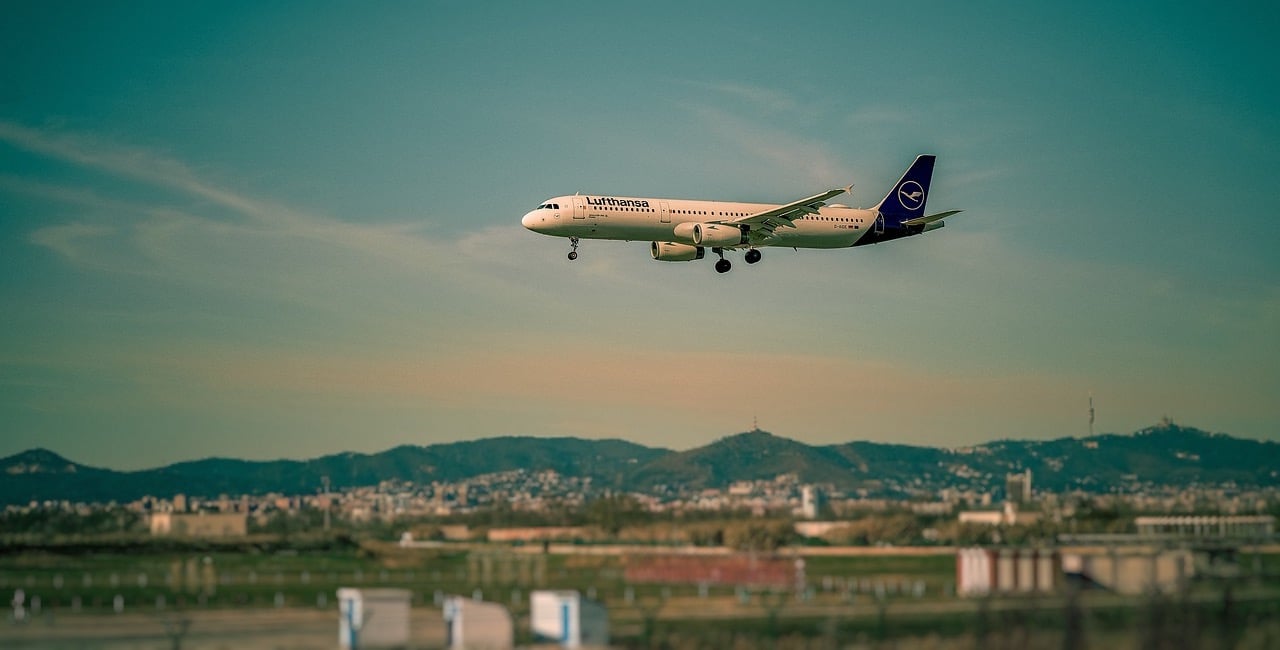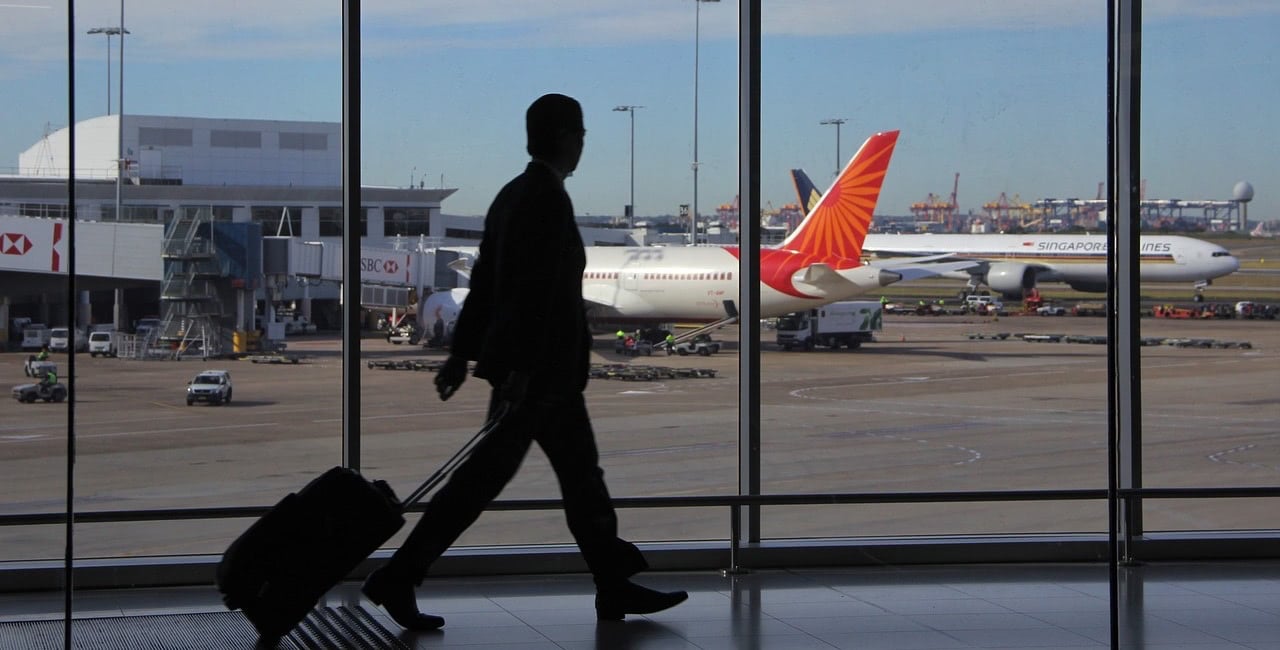The Asian continent is unrivalled when it comes to air routes. In addition to the air connections with the most travellers, Asia also has the famous “golden rectangle”: Hong Kong, Singapore and Kuala Lumpur.
But we are not only going to talk about Asian airports. There are others that stand out worldwide in terms of passenger volume:
Mumbai-New Delhi
This is one of India’s busiest airlifts per year – isn’t it amazing that there are 45,188 flights? And only six airlines handle that volume of flights.
São Paulo-Rio de Janeiro
In Latin America, the airlift with the highest passenger volume is between Congonhas and Santos Dumont airports.
As we have already mentioned, it began operating in 1959, making it the oldest commercial airlift in the world.
And as if that were not enough, it is also the most expensive. A return flight costs an average of 980 Brazilian reals, equivalent to around €186.
Paris-Toulouse
This is the busiest airlift in Europe, and this is due to the poor rail connection between the two cities.
While the train connection between Paris and Toulouse takes just over 5 hours, it takes just one hour by plane.
London-Dublin
If we were talking about city-to-city connections, this would be the largest route in Europe, with some 4.5 million passengers a year. The difference is that London has 5 airports, so that number of passengers is split between them.
The same is true for the London-Amsterdam route, which handles just over 4 million passengers a year.
Jeju-Seoul
But here comes the best part! When it comes to air bridges, there is none quite like Jeju-Seoul in South Korea. In terms of airport connections, this airlift is the busiest in the world with 79,460 flights per year.





